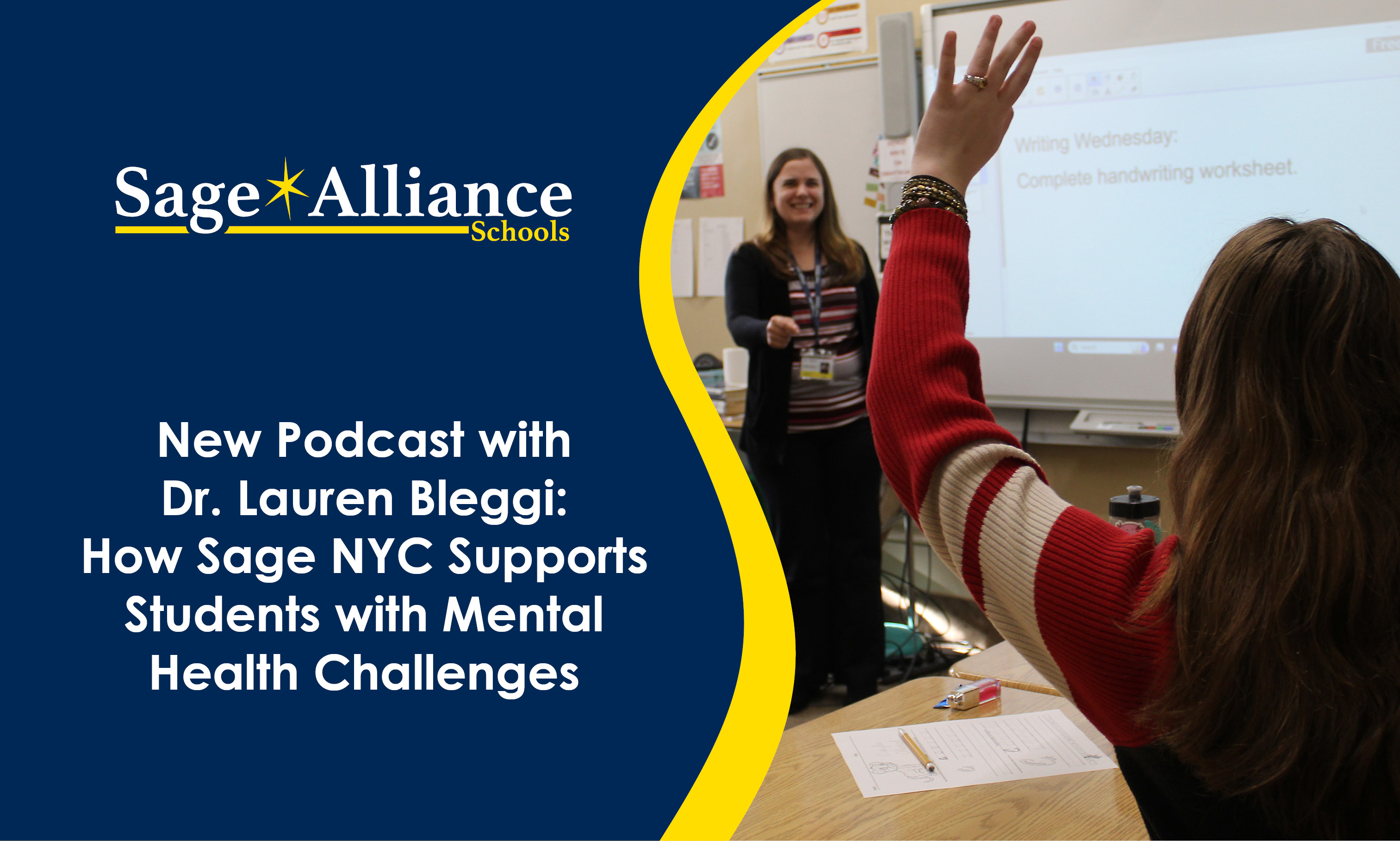The Dangers of Interminable Home Instruction
Posted: October 06, 2017 | Written By: John Reilly | Category: School Avoidance

By Executive Director, John Reilly, LCSW, PsyA and Director of Operations, Chris Leonard, LCSW, M.Ed.
Home instruction can be a helpful intervention for students with a chronic, disabling medical condition that requires bedside instruction. However, most of the home instruction cases that come to our attention do not involve a medical condition but instead involve students with emotional issues, in which school refusal or avoidance is the manifestation of underlying depression, anxiety or familial stress. In these cases, home instruction is not helpful and can actually make an acute problem a chronic condition. It can be easy for students, parents and even school personnel to get comfortable with home instruction as a long term solution rather than the temporary intervention it is legally intended to be. There are many factors that contribute to this interminable use of home instruction, but none of them are good.
Home instruction as referenced in 6A:14-4.8, is to be used only when “all other less restrictive program options have been considered and determined inappropriate . . . notification shall be effective for a maximum of 60 calendar days at which time a renewal of the notification may be made.” Home instruction can be considered the most restrictive environment for the student as there is no inclusion, no socialization, and minimal challenge. The negative effects on social, emotional and academic growth can not be overstated.
Excessive use of home instruction to address emotional problems is often driven by complicated dynamics. Well-meaning mental health professionals will sometimes recommend home instruction as a means of reducing pressure and stress. Although this may seem helpful in the short term, it does not address the underlying dynamics and therefore does not help the student prepare to move forward in life. The student on home instruction does not have to navigate the complexities of classroom and social relationships or practice the coping and stress-management skills they will need to be ready for postsecondary education and the world of work. The work of helping the anxious or depressed student can be challenging for the student, the family and the professionals involved. Indeed, long-term home instruction may represent an unconscious collusion between the mental health practitioner and others involved in which everyone strives to protect everyone else from the difficult work that needs to be done. The most deleterious aspect of long-term home instruction is the loss of precious time in helping the student get back on track. We have heard of some students who have been on home instruction for over 2 school years. Other students have not attended a full year of school over the course of several years due to emotional problems.
Home instruction, if used at all for emotional issues, should be short term with a plan for reentry to a school environment. Although temporary home instruction can provide some parents and students with much needed relief from the stressors of school attendance, this period of respite should be used to develop a plan, while continuing to keep the student engaged academically.
What are the factors involved in moving a student to the appropriate least restrictive environment?
In order to develop a plan, the professionals involved must develop a meaningful understanding of the problem and assess how best to meet the needs and provide the most appropriate setting for the student. The professionals must then communicate their understanding of the problem to the student and family. Effective communication is the prerequisite to engaging the student and family in helping to develop a plan and to participate in that plan. The student who is ready and able to return to school may need to meet with a school counselor or other professional to facilitate a gradual re-entry period or to have a place to go to when feeling overwhelmed. Some students may not be ready to return to a school environment and may need a hospitalization or participation in an outpatient, partial hospitalization program before returning to school. Other students may need a placement in a therapeutic school setting if the public school cannot serve as the most appropriate or least restrictive setting.
If a student is placed on home instruction for emotional distress, keeping the student on home instruction indefinitely is an indication that something is wrong that needs to be addressed. Keeping a student home who is having emotional distress beyond a brief respite period is not helpful. The student will need sustained, focused intervention in order to develop new coping strategies.
If you are involved with a student struggling with emotional issues who has been unable to transition from home instruction, please reach out to us. We have years of experience in the successful resolution of difficulties with school adjustment and can offer a range of specific and effective interventions. Not all students require placement in a therapeutic school such as Sage Day. We are committed to helping you help your students get back on course to thrive, not just survive in school.
Want to be notified of new articles and resources from Sage Alliance? Click here to submit your email and opt into our newsletter.









